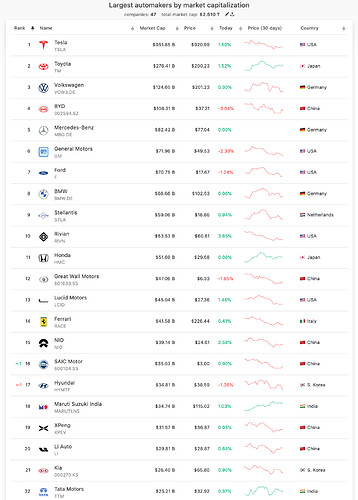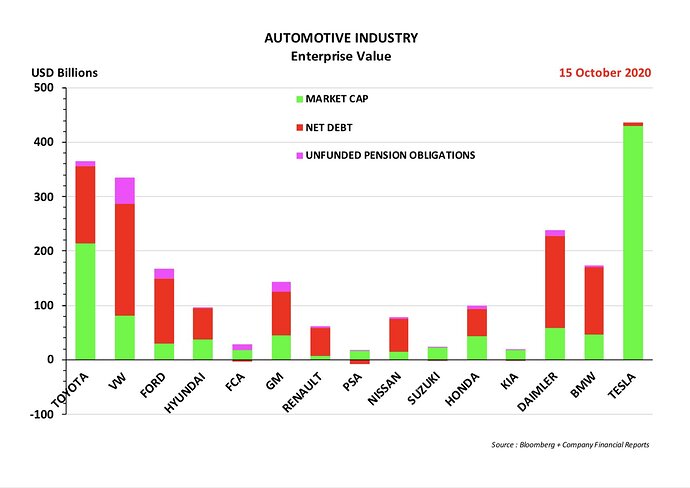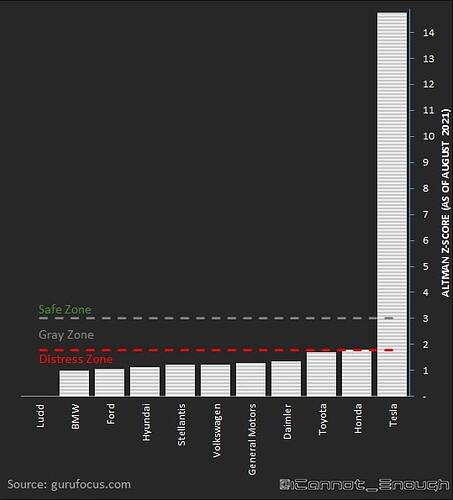![]()
 **
**
Reposting here.
Lets have a proper look at the SA scenario for the future, regarding ICE cars and EVs and the outlook for power generation. So why look at this you may ask? Easy answer, this is not.
My distinctly charcoal grey Crystal ball is a bit foggy about the future. One thing thou is that the Legal framework and idiotic ideology in SA will not change anytime soon. The fraud, graft and ineptitude of the Cleptocracy will snowball if any of the current proposals for bee and other new legislation (or just look at the Powership story) are anything to go by. Now, I hate being negative, but all the years gone by has proof in and of itself, this is barreling along. I am a realist, just for the record.
is a bit foggy about the future. One thing thou is that the Legal framework and idiotic ideology in SA will not change anytime soon. The fraud, graft and ineptitude of the Cleptocracy will snowball if any of the current proposals for bee and other new legislation (or just look at the Powership story) are anything to go by. Now, I hate being negative, but all the years gone by has proof in and of itself, this is barreling along. I am a realist, just for the record.
But back to ICE cars end Escam. Worldwide, many counties enacted new legislation, or are about to, to either ban ICE cars or pivot manufacturing to alternative technologies like BEV’s. Lets unpack.
In less than 10 years, the production of ICE cars will plummet by a significant %. When that materialises, SA’s exports will be affected as Japan and Europe will want to keep employing their own people, so guess where factories will be closed first? Also a consequence of less demand for ICE cars will be less development for new models and a reduction of parts produced for maintenance. As electronics are updated, older chips and systems will no longer be available to manufacture the computers for older generation cars. The end game will be for ICE car manufacturing to collapse due to unavailability of parts as well as the cost to build the low volumes, making them very expensive.
What will happen to industrial machines and other heavy equipment, maybe they pivot to electricity as well. There are numerous very large (100 tonne and larger) mining trucks that are electric powered or assisted, already. Diesel electric trains can all be converted to electric only. We currently have Gautrain that is electric only. The first electric ships and planes are currently being tested.
Here is the rub. When ICE dies, not if, Africa will have a problem. In 2008 there was the joke about what comes after electricity for SA, and its candlepower…. With SA on a downward trend  in Eskom and no relief from policy or ideology, there will be no power to support BEV’s, let alone the population at large. We have frequent shortages as it is.
in Eskom and no relief from policy or ideology, there will be no power to support BEV’s, let alone the population at large. We have frequent shortages as it is.
In the below picture, Red represents the occurrence of unplanned outages, hint, its a trend… Green trends downwards and is another trend. Over time, less and less generating capacity remains online and available.
Not green is NOT good.
Access to Electricity map.
Percentages of populations with a grid connection as well as how available or reliable that is. If its not available, it translates to loads being shed or no energy been available for those clients, or worse none at all.
It looks like there are huge changes coming, with many forms of disruptions to boot. Look at industries like IT, based on silicon (just look what computers did to cars, both as controller and optimisers of combustion as well as to the design and aerodynamics via CFD, to name a few, there are many more). Energy from Solar PV (also based mostly on silicon and benefitting from the IT technology pure silicon gains and developments) now being the least expensive energy generation tech, Transportation and Space travel with the possibility of living elsewhere, however far fetched it is today. Another big technology being disrupted is that of energy storage. We never before a short few years ago, had the means of Utility class energy storage. Now look at the Gigawatt en recently Terawatt hours battery storage systems. 5 years ago, Utility scale battery storage was not a thing, now it is. And it is cheap and getting cheaper at a very fast rate. Studies show that soon if not already, Solar PV and Battery storage systems will be less expensive to build, compared to traditional systems like Coal or Nuclear, and be far less costly to maintain.
Think about superconducting materials and the revolution that has happened there and in materials science in general. Now look at the latest materials technology in Carbon Nano materials. Currently the best known heat and electric conductor known. And the Carbon Nano materials are only now coming online for production use. Now, to prove the point of rapid development and disruption, smartphones are barely more than 10 years old, and see what they have done and disrupted and how quickly, just look at Twitter, Facebook and Google…. And remember when the Telephone was invented, how long did that took in comparison, to disrupt the market compared to smartphones that was doing so much faster. Another example is the car itself, it disrupted horse drawn vehicles and replaced then is just more than 10 year during the beginning of the 1900s.
A few pointers on the cost reduction of disruption. IT and Moor’s law, a doubling of transistor count every 18 months. Storage increase of about 50% capacity per year or if you like a density increase for same cost or the cost for same storage capacity halves. Look at battery cost reducing by 20% per year and almost the same for Solar PV panels. In total Solar PV costs reduced 400X since the 1970s already, and it keeps on falling. Networking and digital sensors are being transformed nearly as fast or faster with associated cost reductions per unit.
Where does this leave us on the African continent? In 20 to 30 years for us, there is a high probability that ICE cars and motorcycles will be utterly unaffordable if not completely unavailable. At the current trend of not properly maintaining the Coal fired generators, there will no longer be cheap or reliable energy available, if the ideology does not change. The prospects of this and the next generation changing their ideological outlook is slim to none, bar a catastrophic intervention. There is talk of Solar and Wind but I hear noting about storage and to boot, there are currently Zero and Nil Utility scale batteries connected to the grid in Africa. Calculations show that with Current technology, we need Solar PV sizing to be 4x larger than demand and just enough battery storage to cater for between 2 and 4 days worth of demand. With these ratios, we can replace base load generating stations. Imagine the efficiency and the astronomical cost savings. Oh wait, I just remembered, its not about cost savings here, its about contracts awarded to bee buddies at max value and max overrun….
Let’s remember that during the early 1900, the World suffered through an influenza pandemic, not unlike the current one. Not even that or a World war cold stop the Car disruption and transformation. Now today, think how much less you are driving due to the pandemic and why? Other technologies referred to above are aiding and abetting that your personal transportation is less of a requirement, yes even in SA, and more of a luxury. You work online, shop online, chat online etc etc.
In summary then, this is just scratching the surface. The IT revolution led to the Energy revolution that includes Solar PV and Battery storage. This will cause in short order, the total decline of ICE cars to be replaced by far cheaper BEV cars. The maintenance on tases BEVs are about a 1/4 of that for ICE cars. This will leave us with a transport issue and shortage of cars since we do not have and are not planning for BEVs nor for a proper legal framework for energy generation to support BEVs.
What to do, any ideas or comments? How to solve this or just how to deal with this? Let’s remember that everything is devolving from centralised to decentralised, for example the mainframe to mobile devices, banks to online banking services. Travel by car and plane to online meetings, from shopping malls to online purchases and delivery from warehouses. Nobody owns the internet and it’s distributed everywhere. The same is busy happening to transport and energy and soon food, Worldwide. It’s inevitable that these trends will hit us hard…. Sooner rather than later.
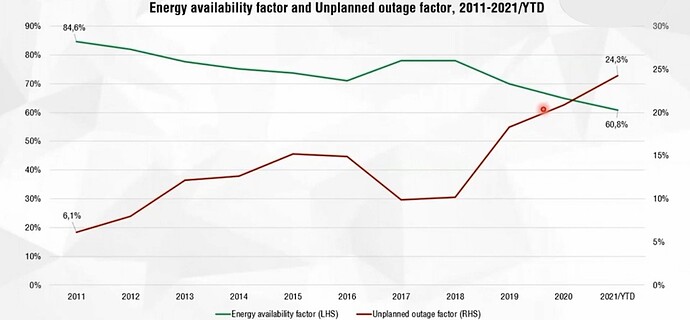

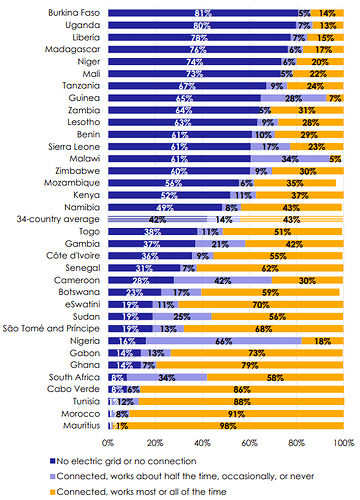

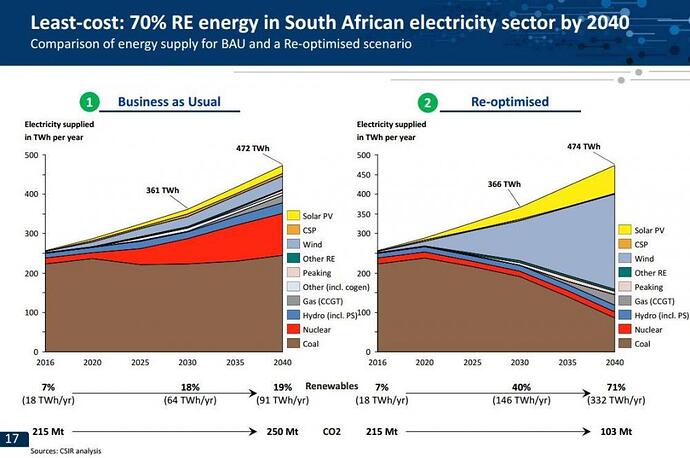
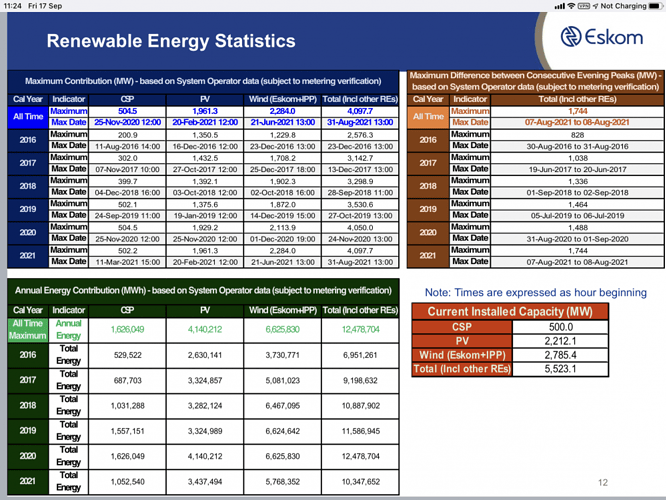

 This is a fundamentals issue. ICE cars engines are at best 20% efficient, the rest of the fuel energy is wasted as heat and friction. In an EV, about 59-62 percent of the electrical energy from the grid goes to turning the wheels, whereas gas combustion vehicles only convert about 17-21 percent of energy from burning fuel into moving the car. So purely in using its energy, BEVs are 3x more efficient. When charged from Solar energy in comparison to fossil fuel based energy, the BEV systems efficiency is about 9X better. Petrol is two to three times more expensive per energy unit than electricity.
This is a fundamentals issue. ICE cars engines are at best 20% efficient, the rest of the fuel energy is wasted as heat and friction. In an EV, about 59-62 percent of the electrical energy from the grid goes to turning the wheels, whereas gas combustion vehicles only convert about 17-21 percent of energy from burning fuel into moving the car. So purely in using its energy, BEVs are 3x more efficient. When charged from Solar energy in comparison to fossil fuel based energy, the BEV systems efficiency is about 9X better. Petrol is two to three times more expensive per energy unit than electricity.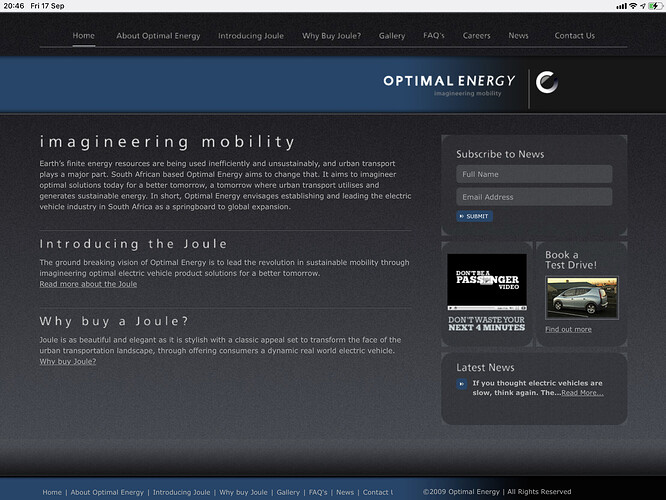


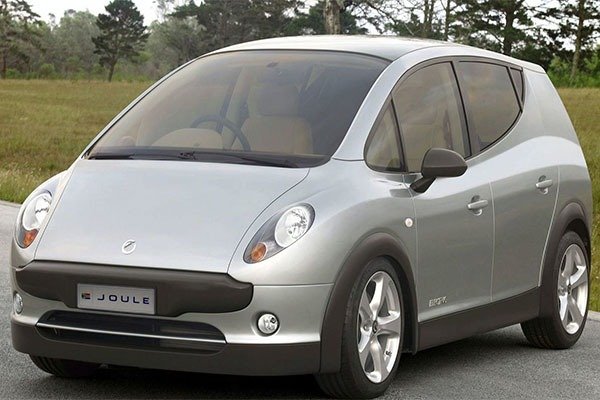
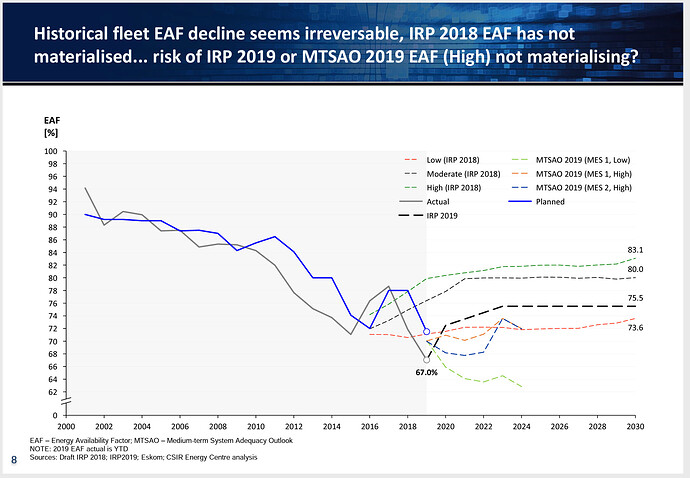
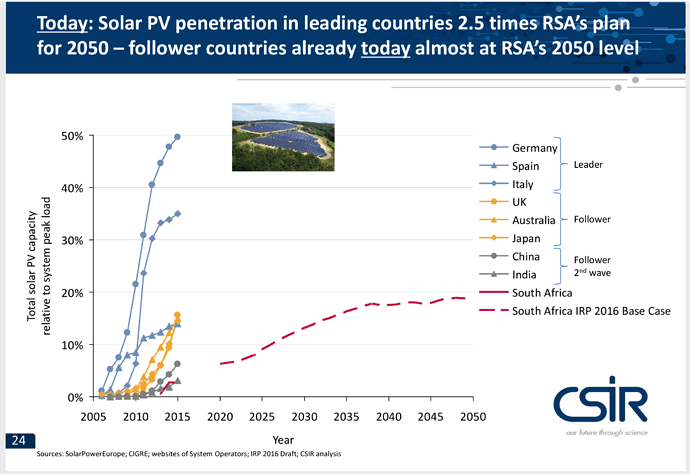
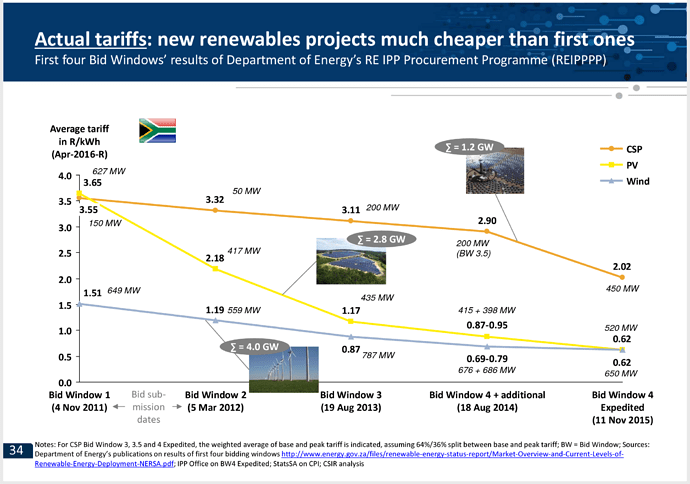
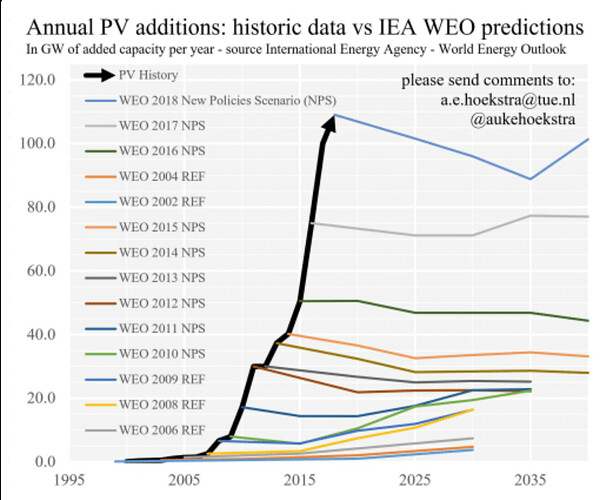


 Done with this one copied…
Done with this one copied…